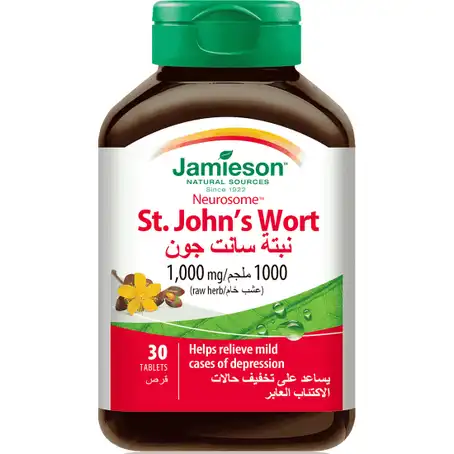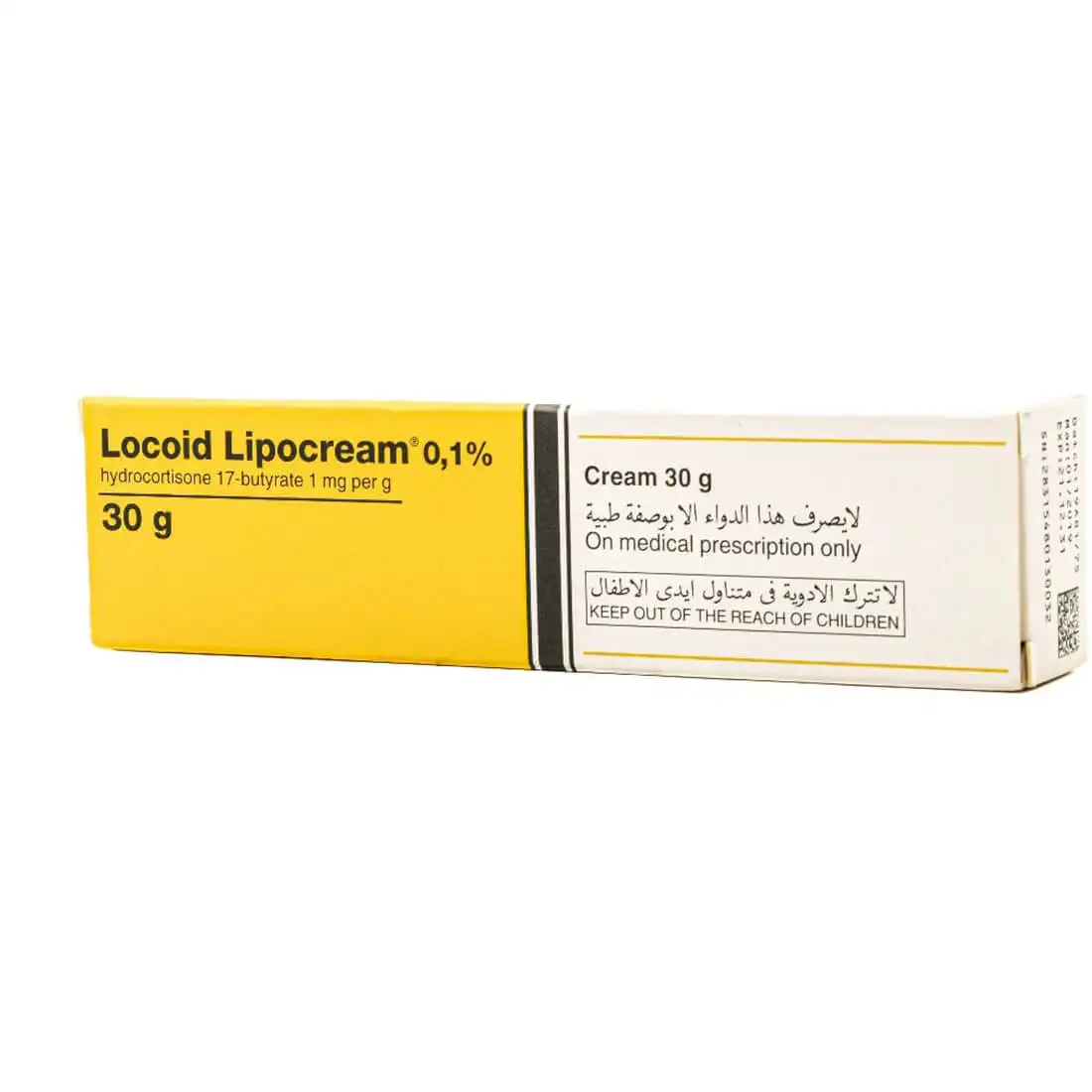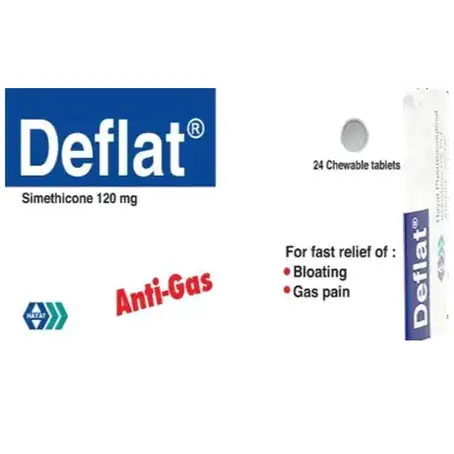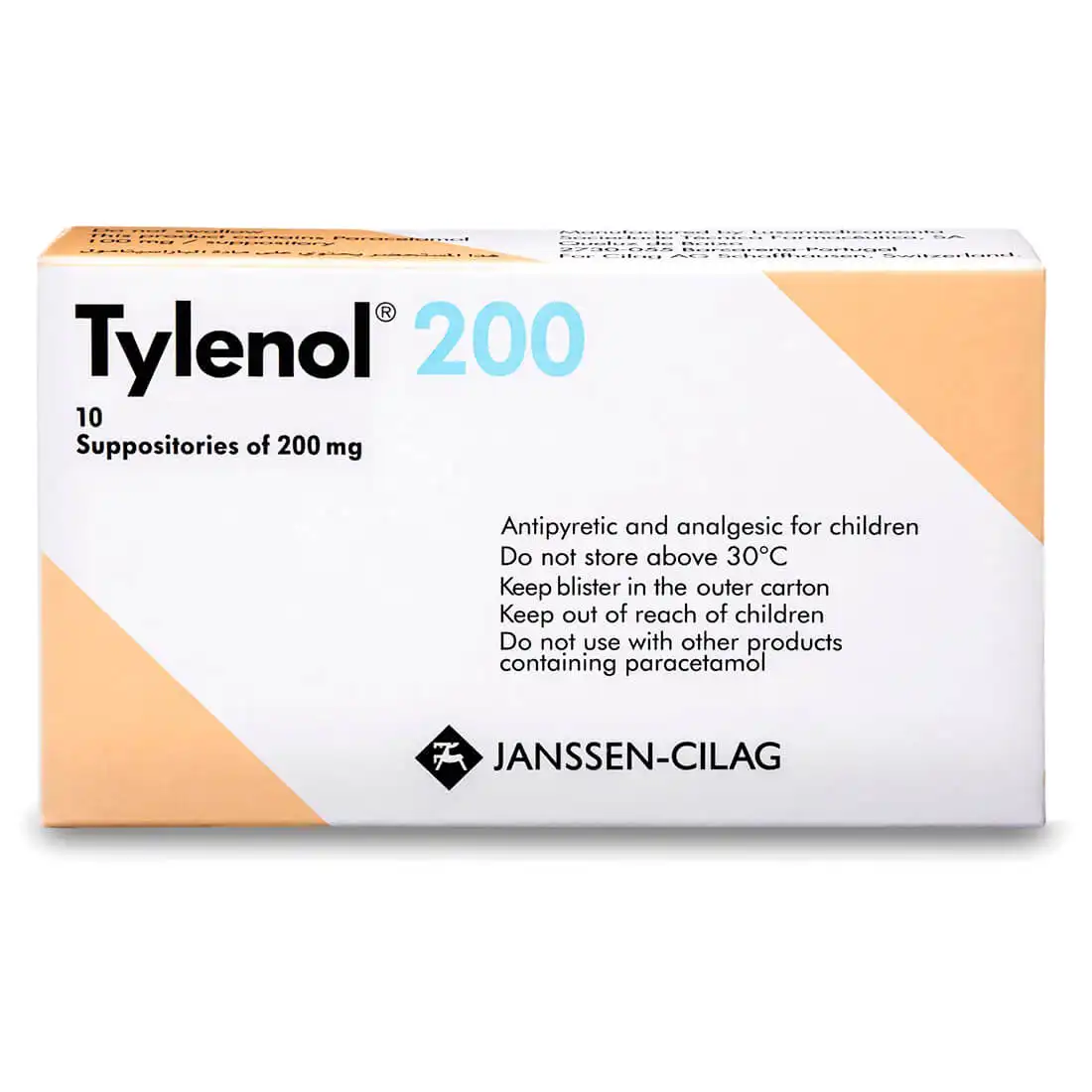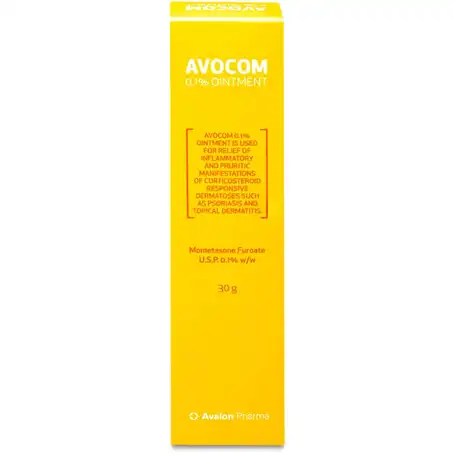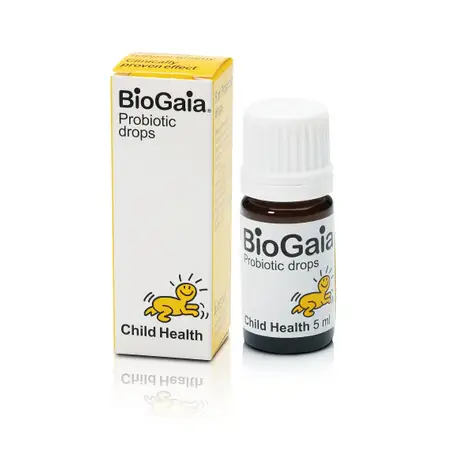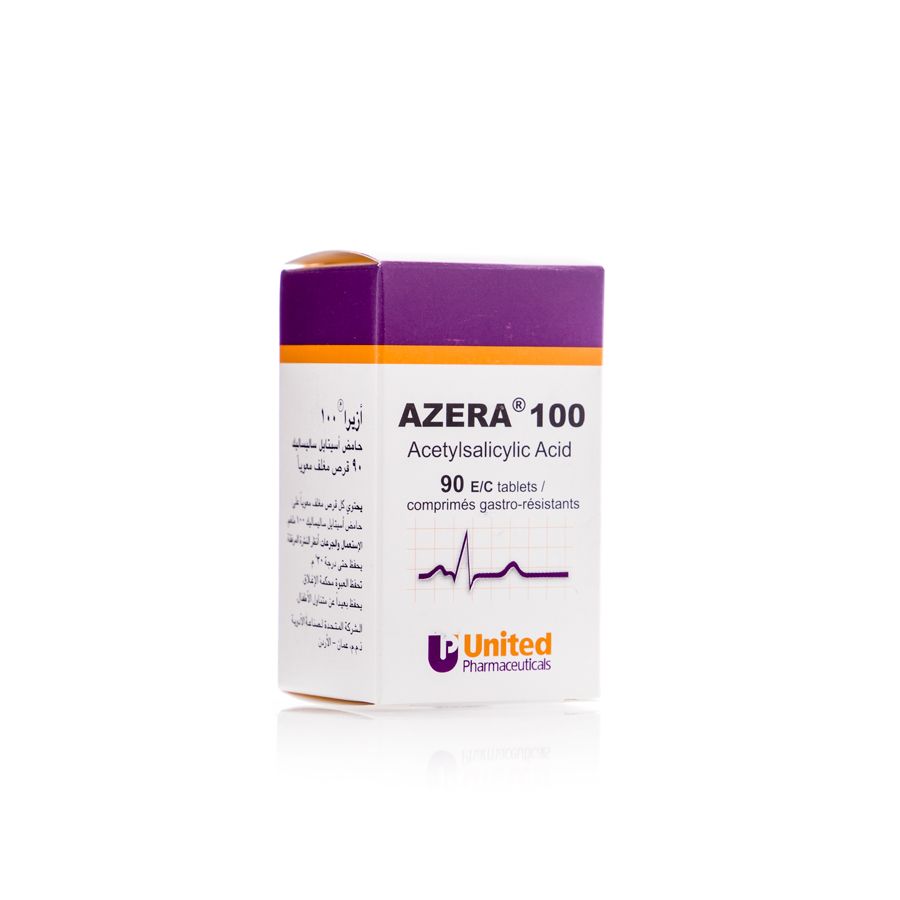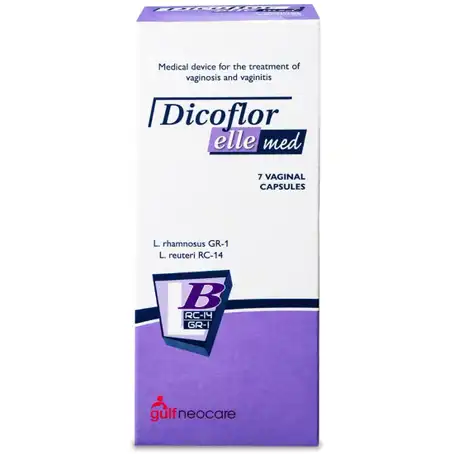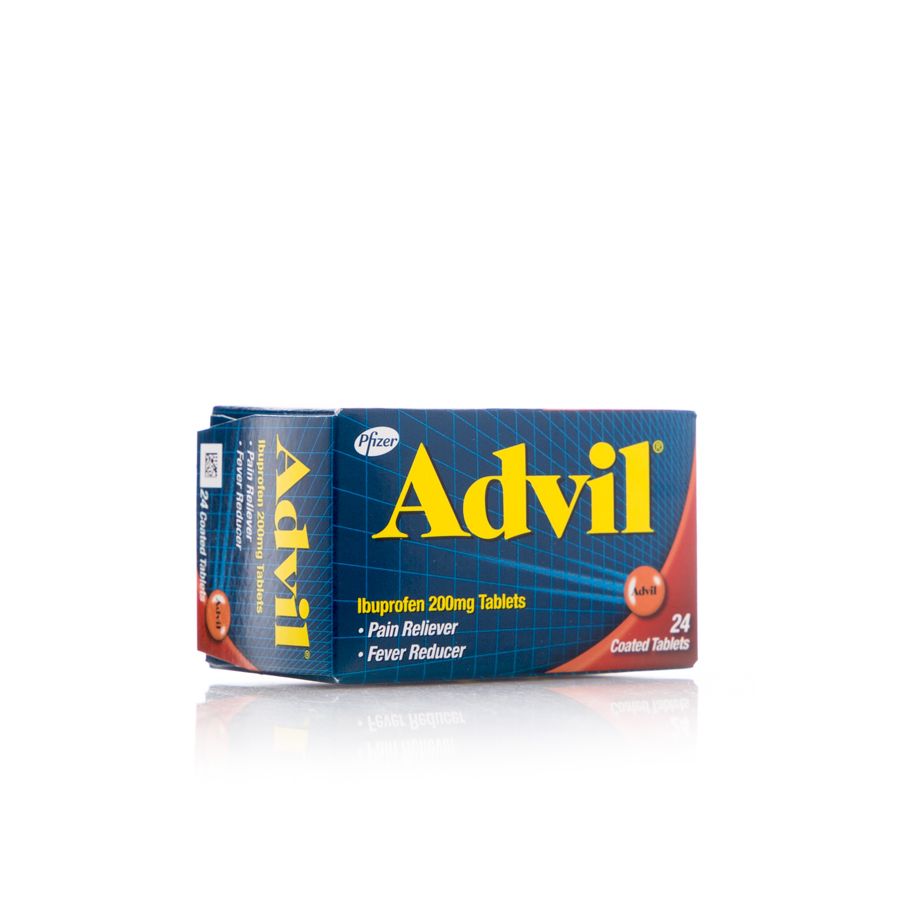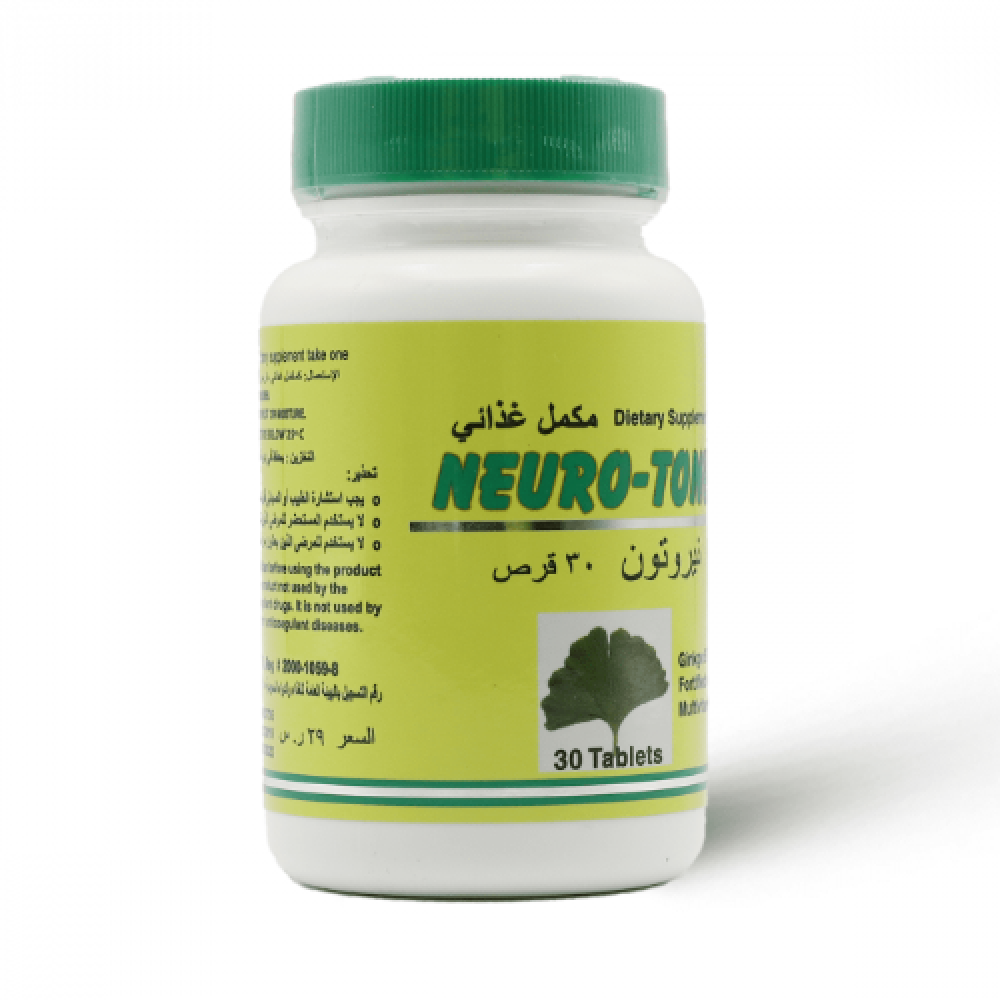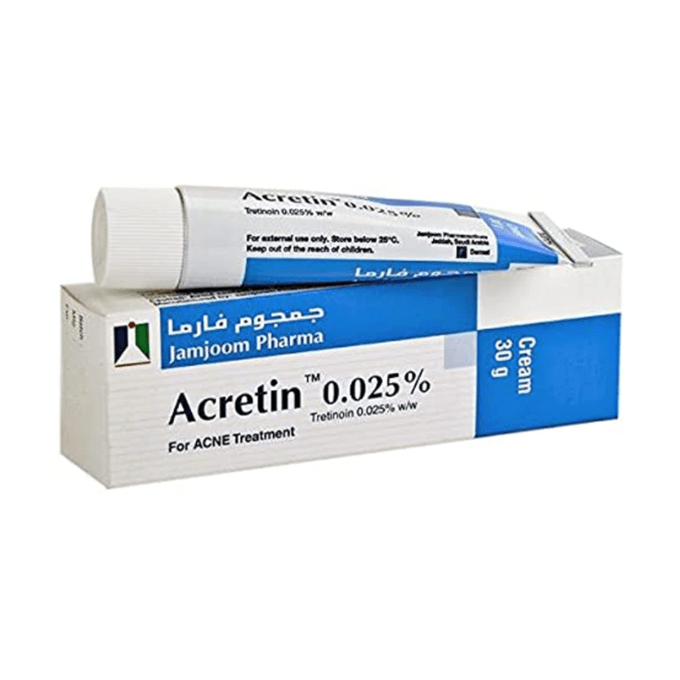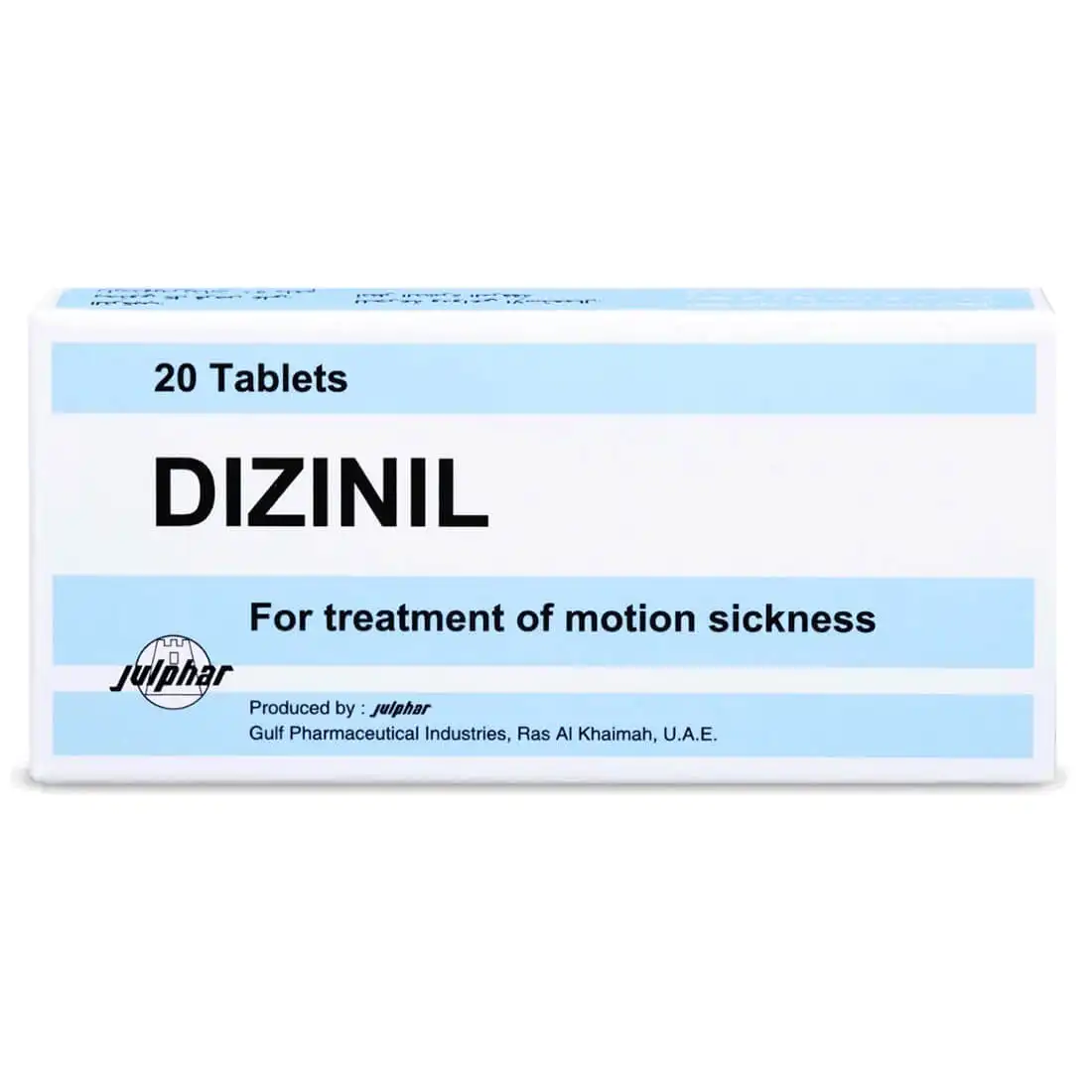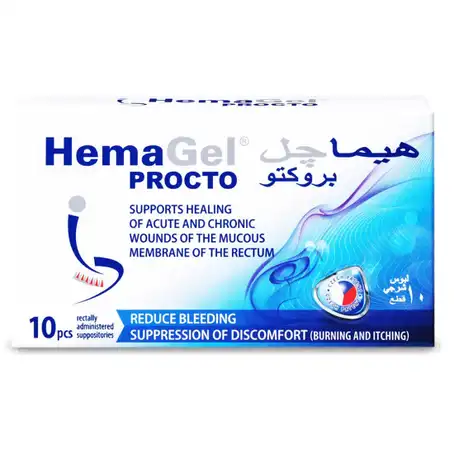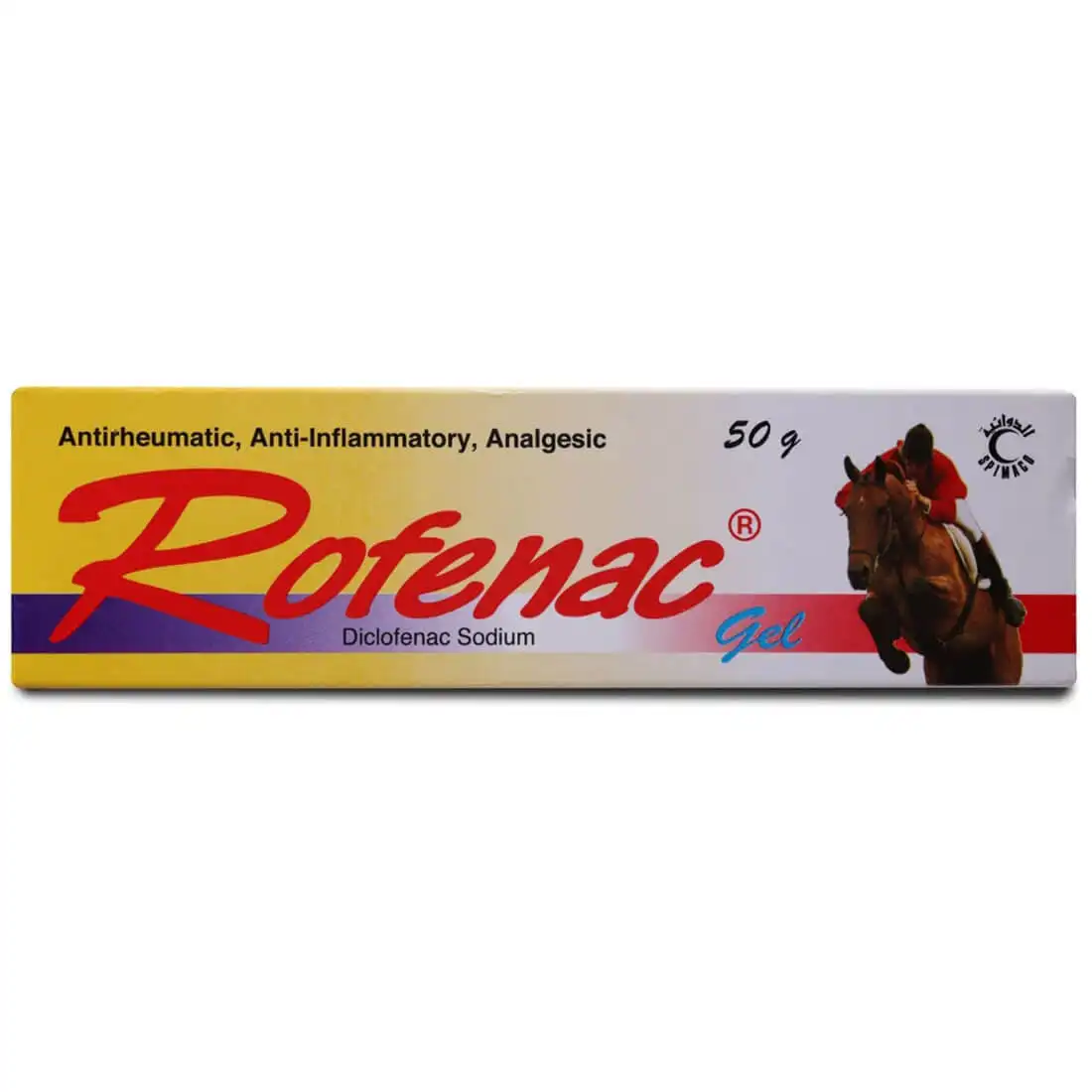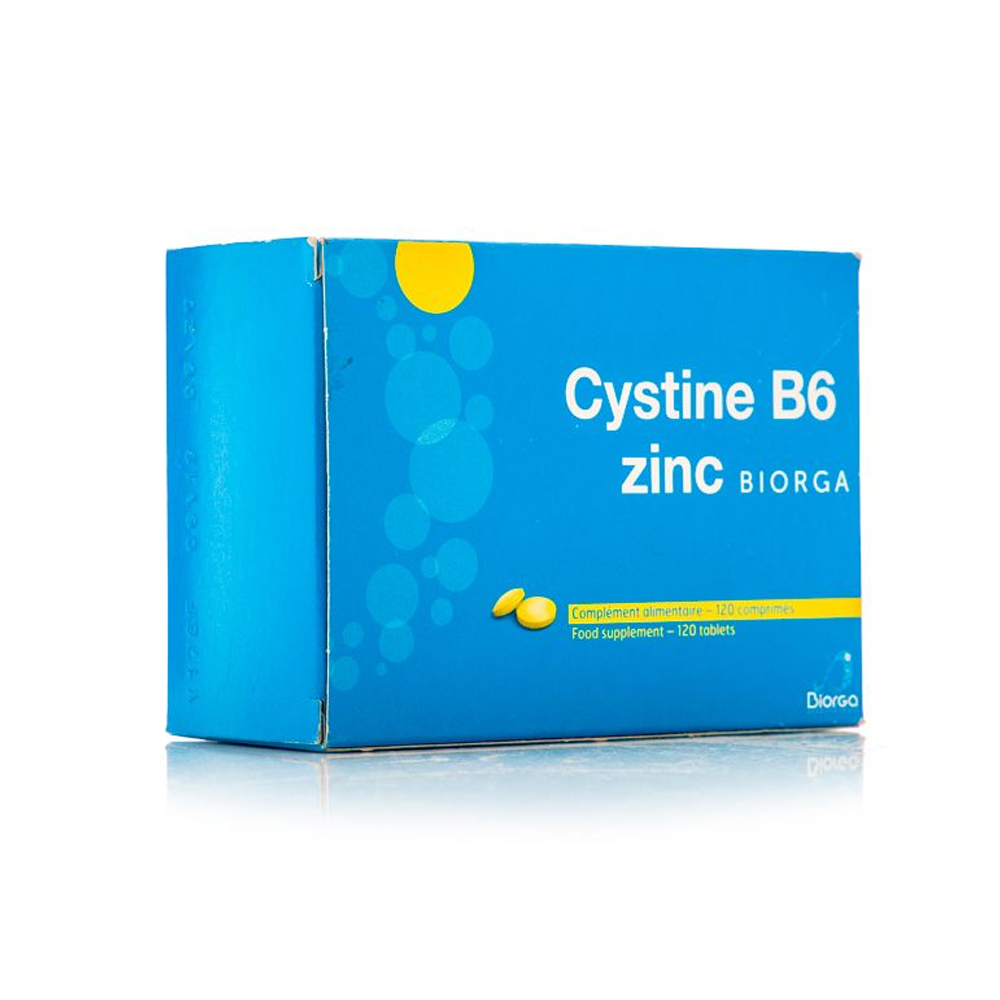| Image | Name | Price |
|---|
Free shipping on orders above 200 SAR
Verify OTP
OTP has been sent to
Verify OTP
OTP has been sent to
Cart Total
Get notified when this product is available
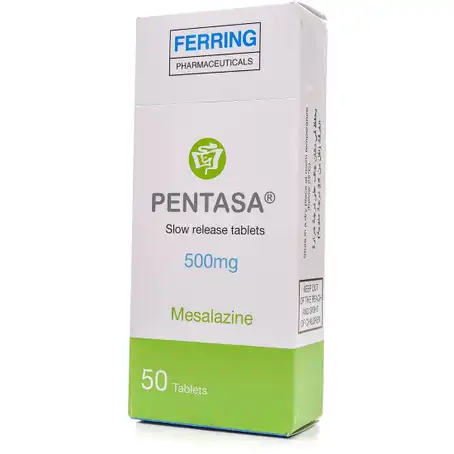

85.70 SAR (vat inclusive)
Highlights: *Requires Prescription*
Out of Stock

Product Description:
- Pentasa prolonged-release tablets contain mesalazine, which has an anti-inflammatory effect, and is used for chronic inflammation of the intestine ( ulcerative colitis and crohn's disease ).
- Compared to regular tablets, prolonged-release tablets allow a gradual release of the active substance in the intestine, so that the medicine has more time to work at the desired site (the intestinal wall).
How To Use:
- Always use this medicine exactly as your doctor or pharmacist has told you.
- Contact a doctor or pharmacist if you are unsure.
- The dose and the duration of the treatment are determined by the doctor who adapts it especially for you.
Adults:
The dosage is individual:
- The usual dose for the treatment of active ulcerative colitis is up to 4 g once a day or divided into several doses.
- The usual dose for the treatment of active Crohn's disease is up to 4 g daily divided into several doses.
- The usual dose for maintenance treatment - both for ulcerative colitis and Crohn's disease - is up to 4 g daily, divided into several doses.
- In mild to moderate ulcerative colitis , however, the recommended dose for maintenance treatment is 2 g once a day.
Children (≥6 years):
- There is limited documentation with regard to efficacy in children.
- The dosage is individual and determined by the doctor.
- The dose is calculated based on the child's weight.
- In general, half an adult dose is recommended for children with a body weight of up to 40 kg and a normal adult dose for children with a body weight of over 40 kg.
- Pentasa 1 g prolonged-release tablets should be swallowed whole.
- Pentasa 500 mg prolonged-release tablets, on the other hand, have a score line and can be divided, but must not be chewed or crushed.
- To make it easier to take the medicine, the prolonged-release tablets (both strengths) can be dissolved in a little water or juice immediately before taking.
- The preparation can be taken regardless of a meal.
- If you think that the effect of Pentasa prolonged-release tablets is too strong or too weak, you should consult your doctor or pharmacist about this.
If you take too much Pentasa:
- Contact a doctor, hospital or Poison Information if you have taken too much medicine or if a child has taken medicine by accident.
- For other questions about the medicine, contact your doctor or pharmacist.
If you have forgotten to take Pentasa:
- You should not take a double dose to make up for a missed dose.
If you stop treatment with Pentasa:
- Ask your doctor or pharmacist if you have any questions about the use of this medicine.
Warnings And Precautions:
Do not use Pentasa:
- If you are allergic to mesalazine or any of the other ingredients of this medicine.
- If you are allergic to salicylates,
- If you have severe liver or kidney disorders.
Talk to your doctor or pharmacist before using Pentasa:
- If you are allergic to sulfasalazine, as in such cases there may also be a certain risk of allergic reactions to Pentasa prolonged-release tablets (risk of allergy to salicylates).
- If you have impaired liver or kidney function; further precautions are agreed with a doctor.
- If you are using certain other medicines at the same time.
- If you have lung diseases, especially asthma.
- If serious changes occur in the blood picture or inflammation of the heart muscle and pericardium (myocarditis and pericarditis).
- A doctor should be contacted and the treatment discontinued.
- Such conditions are seen in rare cases. Signs of serious changes in the blood picture can be bleeding, bruising, sore throat and fever . Signs of inflammation of the heart muscle and pericardium are fever and chest pain followed by shortness of breath.
- If you have ever had a severe rash or peeling of the skin, blisters and/or mouth sores after using mesalazine.
- In connection with treatment with mesalazine, serious skin reactions have been reported, including Stevens-Johnson syndrome and toxic epidermal necrolysis.
- Stop taking mesalazine and consult a doctor immediately if you develop any of the symptoms associated with severe skin reactions.
- While you are being treated with this medicine, your doctor will usually carry out blood and urine tests to check your kidney function, especially at the start of treatment.
- Kidney stones can form when using mesalazine. Symptoms can be pain in the sides of the stomach and blood in the urine . Be sure to drink enough fluids during treatment with mesalazine.
Taking Pentasa together with food and drink:
- The preparation can be taken regardless of a meal.
Pregnancy and breastfeeding:
- Talk to your doctor or pharmacist before taking this medicine if you are pregnant or breast-feeding, think you may be pregnant or plan to become pregnant.
- There is little experience with the use of Pentasa during pregnancy.
- The active ingredient in Pentasa crosses the placenta, and it is possible that the fetus could be affected. Therefore, consult a doctor before using Pentasa if you are pregnant.
- The active substance in Pentasa passes into breast milk, and it is possible that children who are breastfed may be affected. If the child develops diarrhoea , breastfeeding should be stopped.
Driving and using machines:
- Pentasa prolonged-release tablets have no or negligible influence on the ability to drive and use machines.
Ingredients:
- The active substance is respectively 500 mg or 1 g (=1000 mg) of mesalazine.
What Pentasa looks like and contents of the pack:
- Pentasa 500 mg prolonged-release tablets are grey-white to slightly brown, mottled, round tablets with a score line.
- They are marked with 500 mg on one side and PENTASA on the other.
- Pentasa 1 g prolonged-release tablets are grey-white to slightly brown, mottled, oval tablets.
- They are marked with PENTASA on both sides.
- The prolonged-release tablets are packed in blister packs of aluminum foil which are in turn packed in cardboard boxes.
- Pentasa 500 mg prolonged-release tablets are available in packs of 100 and 3×100, while
- Pentasa 1 g prolonged-release tablets are available in packs of 60.

